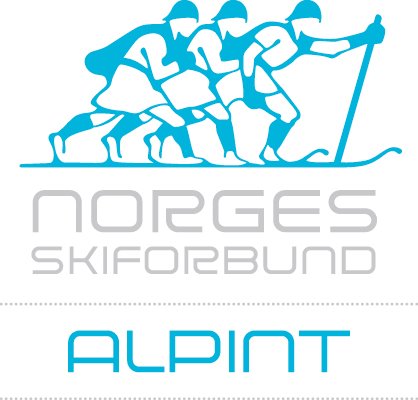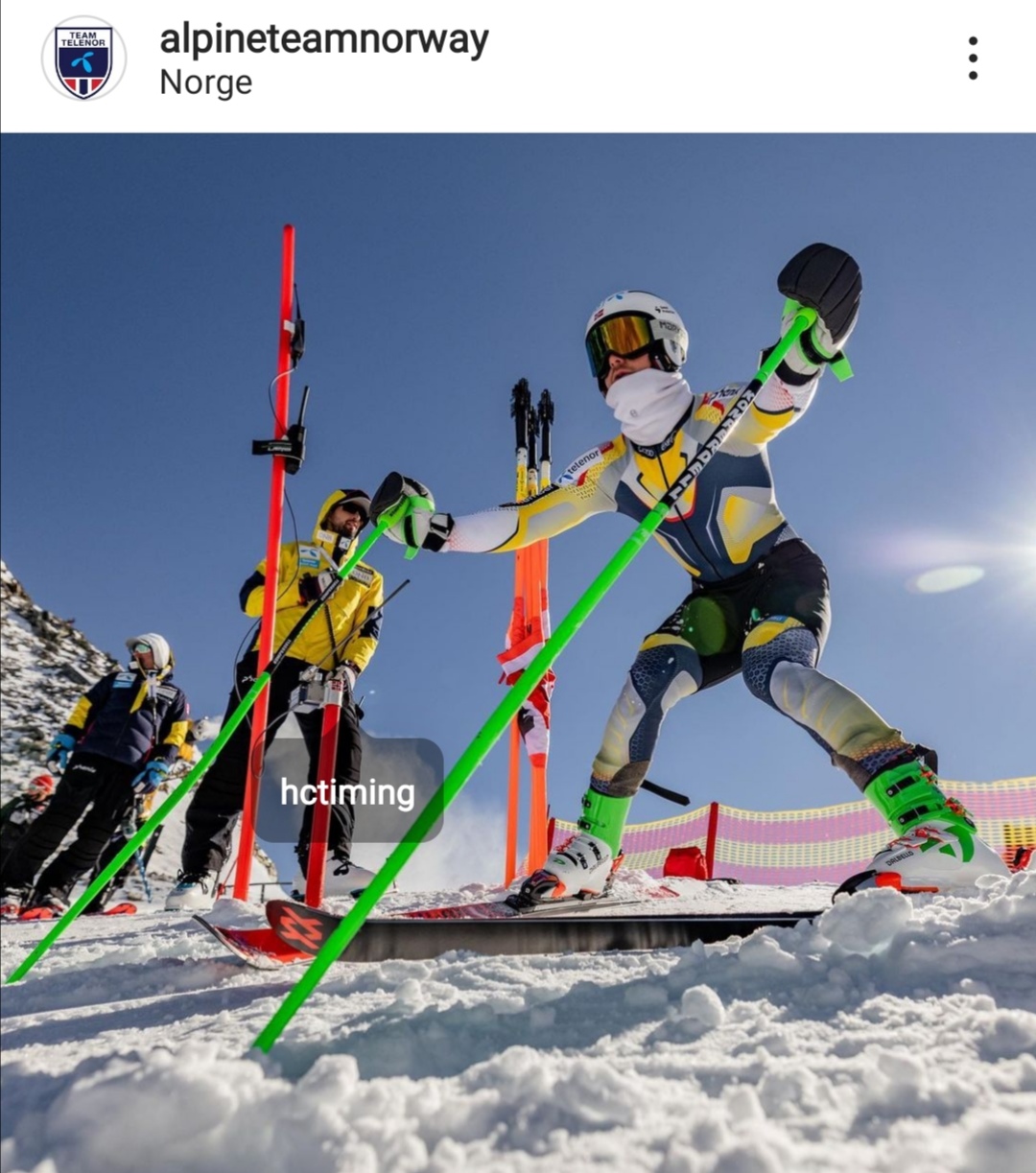| Technical Specifications | |
|---|---|
| Weight | 400 grams |
| Dimensions | Enclosure: 210 x 100 x 38 mm^3; Antenna length: 180 mm |
| Radio physical layer | In mesh network mode: Frequency Hopping Spread Spectrum (FHSS), GFSK modulation, narrowband channels with high sensitivity receiver, 17 channels (FHSS) @ 869 MHz ISM band, 25 mW ERP, radio collision avoidance (Listen Before Talk). |
| Radio protocol layer | Full mesh network. Supports up to 6 jumps in any possible jump path (example: Start ⇒ IM1 ⇒ IM2 ⇒ IM3 ⇒ IM4 ⇒ Finish ⇒ wiTimer).
Radio packet validness check (CRC-16). Handles reception of simultanous impulses from up to 6 wiNodes. |
| Radio transmission range | wiTimer to wiNode: * 1.5 km to 14 km. wiNode to wiTimer 14 km (see wiNode specs.). Typically, wiNode modules are positioned at the top of every pitch throughout the slope. This ensures that the wiTimer is always within reach of at least one wiNode - which is sufficient.
(1.5 km is a conservative result based on the '2-Ray ground reflection model' where modules are placed 2 m above ground level. A more than adequate fade margin of 14dB is used in the model. 14 km is based on the FRIIS model where each module is placed very high above ground level [like mountain top to mountain top]). |
| Intermediate/Split restrictions | None. Unique arrival window for each split intermediate. Next athlete can enter his/her BIB# and start immediately, even before other skiers on course have passed intermediates. |
| Unique ID | Factory set unique ID for each timing set. Prevents interference impulses from all other timing systems. |
| Impulse acknowledgment | wiNodes continuously evaluate neighbour wiNodes (direct wireless contact) and expect them to re-transmit (relay) impulses (MESH). If this fails to happen, a new radio channel is selected and the same impulse is transmitted again. This happens until all neighbour wiNodes have relayed the impulse. |
| Reflector status | Realtime photocell reflector status on wiTimer display. If any reflector falls out of focus with the photocell, a corresponding warning icon on the wiTimer display is lit. Poor, though functional, focus is also indicated for early warning. |
| Impulse control | Manual impulse manipulation when stray skiers pass photocells while arrival window (pace) is open. |
| Impulse accuracy | wiNode to wiNode/wiTimer: ± 0.2 ms |
| Time base | 26 MHz TCXO (Temperature Compensated Crystal Oscillator), ± 1 ppm stability vs. temperature, ± 2 ppm initial tolerance, ± 1 ppm/year aging |
| Operating temperature | -20 C° to +50 C° |
| Power supply | Internal 2500 mAh Li-po battery with intelligent internal charging circuit. Battery temperature monitor, short circuit protection and overvoltage protection. Rechargable. Also rechargable by USB Power bank. |
| Battery life | 12 to 20 hours of continuous use. Battery level indication shown on TFT display. Battery levels for all wiNodes also shown on wiTimer display. |
| Microcontroller | 32 Bit. 1024 kByte FLASH. RTOS. |
| User interface | Waterproof 10-button keypad. Sunlight readable 320x240 pixels TFT display. Easy user interface. The 3 most recent full time resuls with up to 4 intermediates shown on display with +/- time comparisons (individual and all vs. all). A fourth column for scrolling through all results, with BIB#-Lock for quick access. All time results are selectable with arrow buttons for various manipulations, including: Change BIB#, Select correct impulse (stray skier), Manual DNF, Set IM1/2/3/4 and finish to DSQ (disqualify), False start and False event. |
| Memory | 16 sessions, each with up to 511 results including up to 4 intermediates per session. A total of 49 056 results + 104 848 impulse events. Memory retention after power down. SDRAM and FLASH. |
| Cable connections | Output impulse connector available on request. |
| Water protection | IP65 |

News

HC Timing is a supplier to the Norwegian Ski Federation and other national ski teams.
Video on Instagram
Canadian Alpine Ski Team! Watch the video!
Video on Instagram

Alpine team Norway!

wiNode-Photocell.
Tips
Did you know that all the wireless nodes (intermediates, start and finish), also act as wireless repeaters?
Did you know that you can place all your intermediate nodes in the slalom course in order to benefit from the wireless repeater feature (mesh technology), even though you only plan to solely use start and finish?
Did you know that you don't define a common radio frequency channel for the timer and the nodes? The system uses frequency hopping spread spectrum (FHSS) which means that the timer and the nodes are changing radio channels many times every second. This is very beneficial when channels are bussy or experience interference!